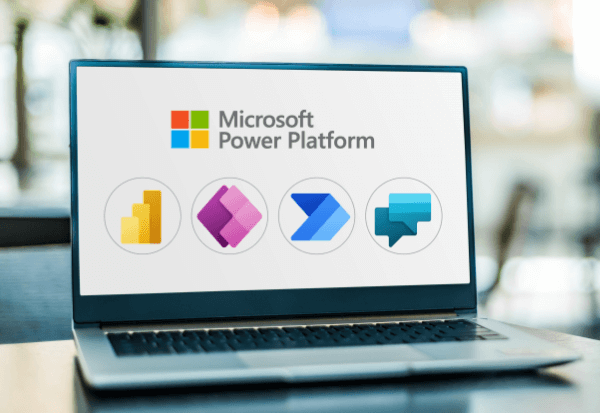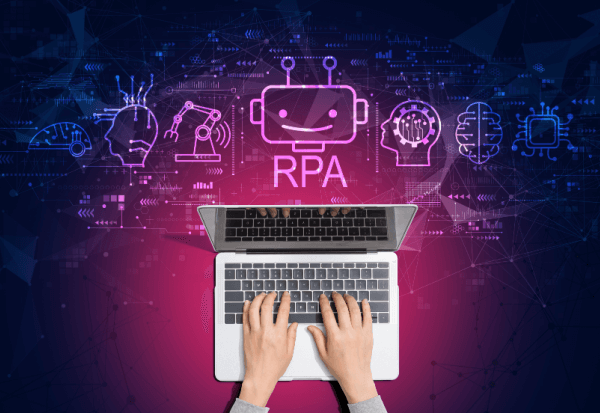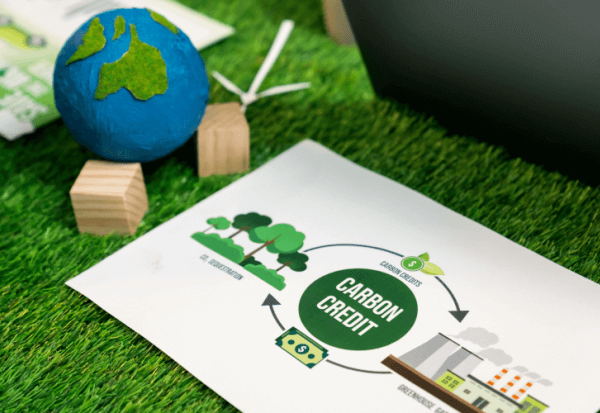We all know that the past year has driven disruption and innovation throughout the economy. As business conditions shifted in early 2020, more and more organizations started transforming their business into the cloud, modernizing their applications with enterprise-grade capabilities and bringing rogue IT and quirky apps out of the shadows. This has empowered citizen developers to connect siloed data, engage customers, and drive ROI by trying out advanced Power Platform entrants.
Microsoft Power Platform provides a low-code platform for reporting, workflow, automation, and form development. With applications like Power BI, Power Automate, and Power Apps, the platform can be operated to analyze data, automate operations, and develop apps. Currently, 97 percent of the Fortune 500 uses the Microsoft Power Platform in many remarkable ways. As the use of Microsoft Power Platform increases, organizations need a mechanism to scale solutions, support makers, and ensure consistency. To this end, the best tool to get started is establishing a Center of Excellence (CoE).
What Is A CoE, And What Are Its Goals?
A CoE is a collection of tools to help you develop a company-wide Microsoft Power Platform adoption strategy to spur rapid application development, support makers and align around company-wide business goals rather than individual departments. It drives innovation, improvement, and serves as a central function to break down geographic and organizational siloes. A fundamental principle while setting up a CoE is to explain why you need it, what you aim to accomplish, and the critical business outcomes you desire to achieve.
The primary goals of a CoE are,
- Encourage departments and clients to use no-code/low code power platform solutions for faster delivery.
- Ensure continuous learning and adoption of new technology features.
- Generation of ideas.
- Define best practices and guidelines.
- Coordinate and collaborate across teams and geography on solutions and roadmaps ahead. Use expertise to work towards developing solutions and process automation that speed up delivery. Setting up a CoE brings in a lot of advantages and enhancements as its members act as in-house experts. They bring their expertise in any solutioning or implementation and mitigation of risks at an early stage. They also help provide learning and training to team members and act as guardrails for defining and implementing processes, standards, and guidelines.
For setting up the CoE, there are some tools and components to be used, and the Microsoft Power Platform CoE starter kit provides it.
But What Exactly Is A Microsoft Power Platform CoE Starter Kit?
The Microsoft Power Platform CoE Starter Kit is a collection of components and tools designed to assist you in getting started with developing a strategy for adopting and supporting Microsoft Power Platform, focusing on Power Apps, Power Automate, and Power Virtual Agents. It provides a platform to expand the components and/or customize the existing components.
Why the need for a CoE Starter Kit?
- Out-of-the-box features: These core features for admins and makers exist in the product admin portals making them the easiest and most efficient way to complete tasks. E.g., environment and DLP Policy creation can be performed in the PowerApps and Flow admin centers.
- Platform extensions: Four ‘admin connectors’ provide admittance to the very APIs that the out-of-box product use. These have been uncovered through the connector’s library to give users the ability to create custom solutions to execute administrative or governance-related tasks. E.g., provisioning a new Environment can be automated using the admin connectors.
- Templates and Customization: A set of templates use the admin connectors with other connectors and formulas to accomplish a predetermined goal. The idea of a template is to provide a good solution for a specific task, but it might not have the same effectiveness that everyone needs. Therefore, adjustments may be required to achieve what others might be looking for. For e.g., admins could use the Environment creation template that accompanies the Starter Kit, or they can use it as a starting point and modify it as suitable.
Components Of CoE Starter Kit
Microsoft Power Platform CoE starter kit has a collection of components and tools. Below are different components availableand it is continuously evolving.
Core Components
Core components are required to set up the fundamentals of the dataverse, which is then used to maintain a log of resources (power apps, flows, reports being developed, and their history) and analytics.
Governance Components
Governance components help to establish an archival, compliance, and cleanup process in the CoE for all the resources.
Nurture Components
Nurture components help to develop best practices guidelines and set up a process to train developers and users in the organization. It encourages the adoption of new updates by providing relevant training resources to the CoE members.
Power BI Dashboards
The CoE Power BI dashboard provides a complete view with visualizations and insights into resources in your tenant: environments, apps, Power Automate flows, connectors, connection references, makers, and audit logs.
Theming Components
These components help in organization branding, which is a significant request of any customer. They also enable the creation and management of templates for canvas apps.

We at Happiest Minds have our unique approach with offerings for Power Platform CoE. The journey consists of 4E’s: Explore, Envision, Engineer, and Enhance, under which follow different phases of working.
Explore: It is the discovery phase where we conduct workshops with business users to understand their requirements regarding technology needs, Return on Investment (ROI), future road map, and finalize the implementation model.
Envision: Here, we engage in environment and governance planning to define models, deployment architecture, monitoring system & alert mechanism, and manage license, capacity & operating expense. It is done to ensure the readiness of the customer.
Engineer: The implementation phase brings the configuration of the platform, governance policies, setting up the Microsoft CoE starter kit, and other reusable components to empower citizen developers.
Enhance: The nurture & educate phase drives learning & improving on how to deliver apps of consequence with easy administration & security, while the scale & support drives innovation and collaboration with the Power Platform.
Happiest Minds offers reusable solutions with enhanced tools that have been developed in-house, for instance, Version History app, Excel view component, Process to track Office 365(SharePoint) usage, D365 F&O report generation, Advance Monitoring system. These are tailored and implemented as per the customer’s requirement. Digital transformation and automation have become an integral part of business strategy in every industry. Therefore, the Microsoft power platform, for automation and digital transformation, is set to evolve. With nearly 20 million monthly active users, it is proving to be a remarkable suite of business services, helping organizations save development and licensing costs, automate and streamline processes to deliver business transformation, improve outcomes, and support the remote workforce . What truly makes the Power Platform stand out is its approach towards data democratization. This is because the power to analyze data and build automated applications no longer rests solely in the hands of IT departments and development teams — even a low-code “citizen developer” can build custom solutions that contribute to workplace innovation. The Power platform is a significant investment area for Microsoft, and we can expect more developments and updates over time with Microsoft releasing its plan for 2022.

Technical Architect – Power Platform | Microsoft 365 at Happiest Minds Technologies
Overall 13+ years of experience in Design, Development and Deployment of IT solutions across Power Platform, Robotic Process Automation (RPA), SharePoint modern workspace. She has worked as a consultant in developing PoCs for Pre-Sales, building Tools & Accelerators, Evolution of Tools as part of CoE, mentoring technical team on latest technologies and architecting solutions for projects.
She completed Bachelors of Electronics from SDM college Dharwad.





